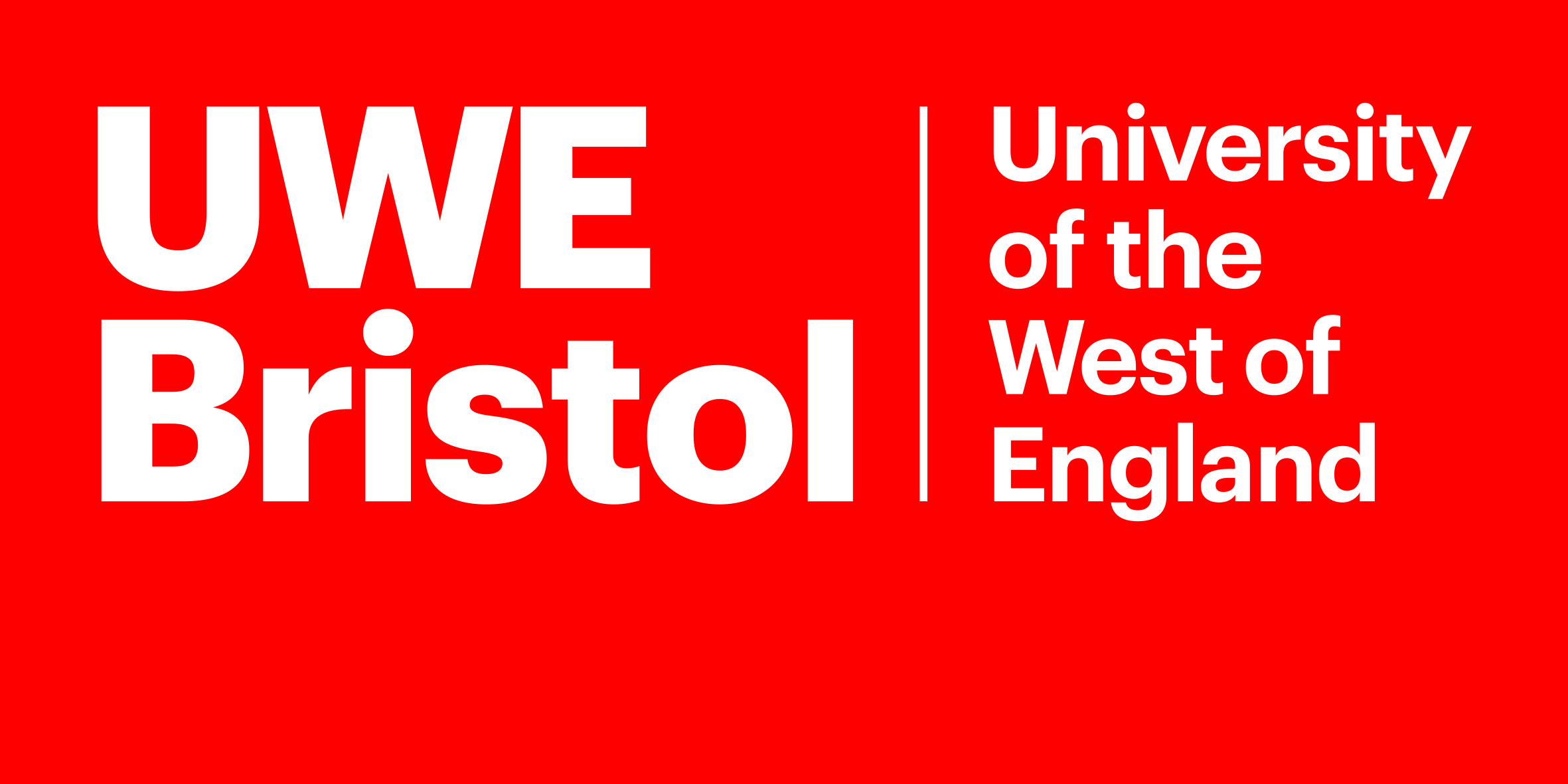Gargy Sudhakaran
Navigating urban futures: Crafting an experimental framework for eye-tracking integrated virtual reality in co-creative planning
Sudhakaran, Gargy; Prabhakaran, Abhinesh; Booth, Colin; Abbey, Samuel; Mahamadu, Abdul-Majeed; Georgakis, Panos; Pohle, Maria; Hilse, Vanessa
Authors
Abhinesh Prabhakaran Abhi.Prabhakaran@uwe.ac.uk
Lecturer in Building Information Modeling
Colin Booth Colin.Booth@uwe.ac.uk
Professor in Smart and Sustainable Infrastructures
Samuel Abbey Samuel.Abbey@uwe.ac.uk
Associate Director - Engineering Practice and Management/Associate Professor
Abdul Mahamadu Abdul.Mahamadu@uwe.ac.uk
Associate Lecturer - CATE - AAE - UAAE0001
Panos Georgakis
Maria Pohle
Vanessa Hilse
Contributors
Abhinesh Prabhakaran Abhi.Prabhakaran@uwe.ac.uk
Editor
Abdul-Majeed Mahamadu
Editor
Colin A. Booth
Editor
Patrick Manu Patrick.Manu@uwe.ac.uk
Editor
Abstract
Wheelchair users (WCUs) often face unnecessary risks and socio-economic exclusion due to inadequate urban infrastructure. In this context, adopting participatory design (PD) in urban infrastructure planning proffers socially inclusive urban development. However, such human-centric participatory approaches, involving WCUs, demand an acquaintance of the scenario to legitimately interfere and contribute to evaluating existing infrastructure and co-creation of urban landscapes. State-of-the-art virtual reality (VR) is a leading visualisation tool in the PD process that can immerse WCUs in critical road safety scenarios for physio-behavioural response analysis. Moreover, integrating cutting-edge eye-tracking (ET) technology can redeem VR’s constraints in behavioural tracing, enabling gaze-pattern evaluation during urban navigation and facilitating pragmatic solutions. Hence, this chapter presents an experimental framework incorporating ET and VR in the co-creation of urban infrastructural planning alongside WCUs. The framework addresses an existing research gap in adopting ET technology for urban infrastructure interventions, along with tackling a reluctance to implement such technological advancements among WCUs. As a result, this framework serves as a pivotal step towards creating a user-friendly urban environment.
| Deposit Date | May 25, 2025 |
|---|---|
| Publisher | Taylor & Francis (Routledge) |
| Peer Reviewed | Peer Reviewed |
| Edition | 1 |
| Book Title | Applications of Immersive Technology in Architecture, Engineering and Construction A Handbook |
| Chapter Number | 3 |
| ISBN | 9781032657066 |
| Public URL | https://uwe-repository.worktribe.com/output/14402977 |
| Publisher URL | https://www.routledge.com/Applications-of-Immersive-Technology-in-Architecture-Engineering-and-Construction-A-Handbook/Prabhakaran-Mahamadu-Booth-Manu/p/book/9781032657066 |
| Contract Date | Oct 1, 2024 |
This file is under embargo due to copyright reasons.
Contact Abhi.Prabhakaran@uwe.ac.uk to request a copy for personal use.
You might also like
Towards the European Commission's road safety goal of 'Vision Zero': Intended routes of the SOTERIA journey
(2023)
Presentation / Conference Contribution
Psycho-behavioural determinants of vulnerable road user safety: A review
(2025)
Journal Article
Downloadable Citations
About UWE Bristol Research Repository
Administrator e-mail: repository@uwe.ac.uk
This application uses the following open-source libraries:
SheetJS Community Edition
Apache License Version 2.0 (http://www.apache.org/licenses/)
PDF.js
Apache License Version 2.0 (http://www.apache.org/licenses/)
Font Awesome
SIL OFL 1.1 (http://scripts.sil.org/OFL)
MIT License (http://opensource.org/licenses/mit-license.html)
CC BY 3.0 ( http://creativecommons.org/licenses/by/3.0/)
Powered by Worktribe © 2025
Advanced Search
